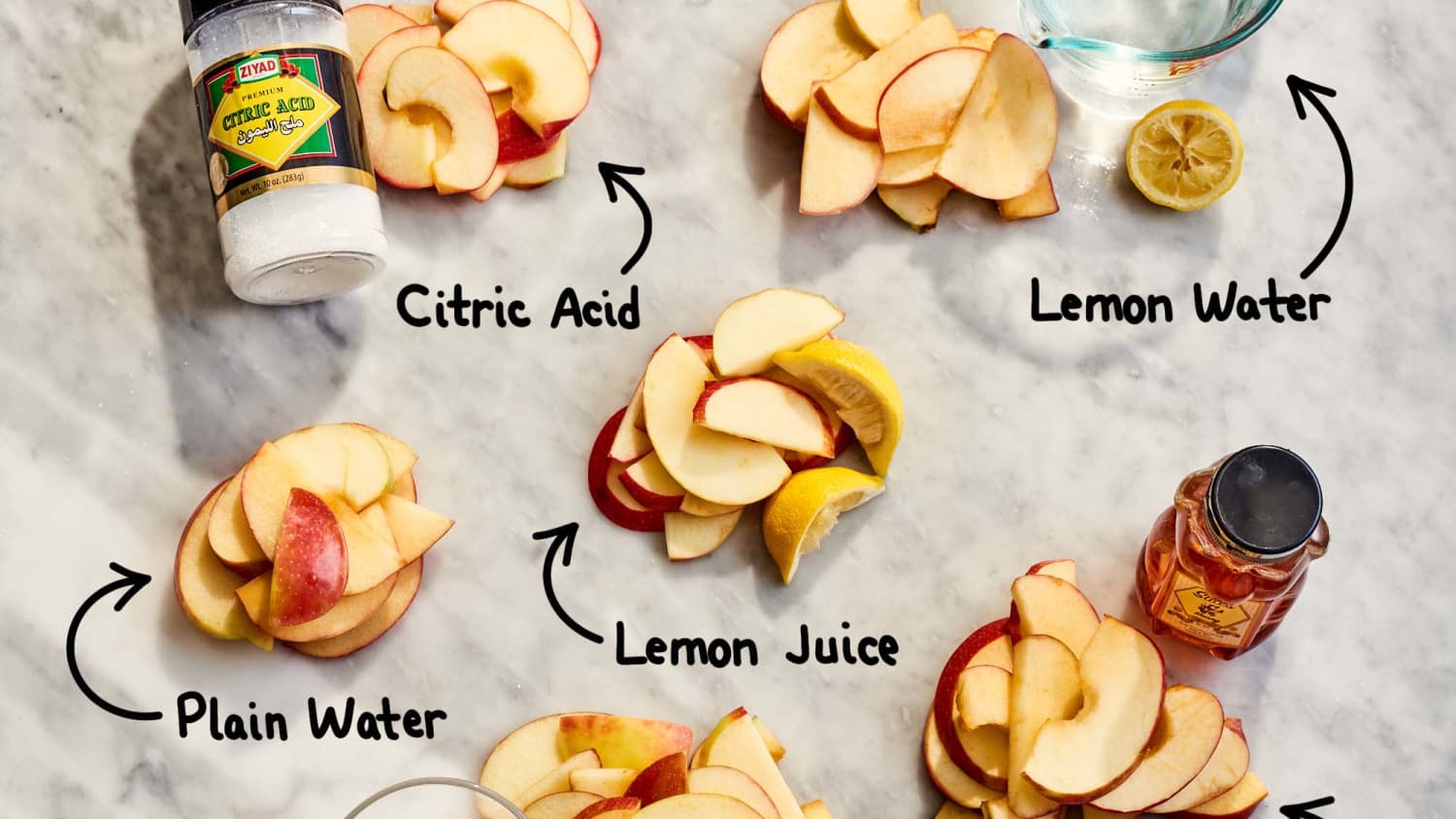One common issue that plagues apples—and many other fruits—is oxidation. Understanding apple oxidation is crucial for maintaining freshness and flavor, and the knowledge surrounding this process can help us enjoy apples at their best. In this article, we will explore what apple oxidation is, the science behind it, and practical tips to minimize its effects.
What is Apple Oxidation?
Apple oxidation occurs when the flesh of an apple is exposed to air, leading to a chemical reaction that causes browning. This process is primarily driven by the enzyme PPO. When the apple’s cells are damaged—such as when it is cut or bruised—PPO is activated, resulting in the formation of brown pigments known as melanins.
The Science Behind Apple Oxidation
- Enzymatic Reaction
The enzymatic reaction that leads to apple oxidation is a fascinating example of how fruits respond to environmental changes. When an apple is cut, the exposure to oxygen in the air triggers PPO to react with phenolic compounds, resulting in the browning effect. This knowledge of enzymatic reactions is essential for understanding how to preserve the fresh appearance of apples. - Factors Influencing Oxidation
Several factors can influence the rate of apple oxidation, including:- Temperature: Higher temperatures can accelerate enzymatic reactions, leading to faster browning.
- pH Levels: The acidity of the apple can affect PPO activity. Lower pH levels (more acidic) can slow down the oxidation process.
- Varietal Differences: Different apple varieties have varying levels of phenolic compounds and PPO, which can affect their susceptibility to oxidation. For example, some varieties, like Granny Smith, may brown more slowly than others.
The Impact of Oxidation on Freshness
Oxidation not only affects the appearance of apples but also impacts their flavor and nutritional quality. The knowledge surrounding these effects reveals that:
- Flavor Changes: As apples oxidize, their flavor can become less appealing, often resulting in a more bland or off-taste.
- Nutritional Degradation: The oxidation process can lead to a loss of vitamins, particularly vitamin C, which is sensitive to oxidative damage.
Practical Tips to Minimize Apple Oxidation
Understanding apple oxidation provides valuable knowledge that can help us enjoy fresher apples for longer. Here are some practical tips to minimize oxidation:
- Use Acidic Solutions: Coating cut apples with lemon juice or vinegar can help slow down oxidation. The citric acid in lemon juice lowers the pH, inhibiting the activity of PPO.
- Keep Apples Whole Until Ready to Use: To maintain freshness, avoid cutting apples until you are ready to eat them. The less exposure to air, the slower the oxidation process.
- Store Apples Properly: Keeping apples in a cool, dark place can help slow down enzymatic reactions. Refrigeration is often effective in prolonging freshness.
- Use Water: Soaking cut apples in cold water can help reduce exposure to air and slow down oxidation. This method is particularly useful for preparing apple slices for snacks or salads.
- Consider Packaging: If you’re storing cut apples, using airtight containers can limit their exposure to oxygen, thereby reducing oxidation.
Conclusion
Apple oxidation is a natural process that affects the freshness, flavor, and nutritional quality of this beloved fruit. By understanding the science behind oxidation and applying the knowledge of how to mitigate its effects, we can enjoy apples at their best. Whether you’re snacking on a crisp apple or using it in a recipe, these insights can help you preserve the delightful taste and texture that make apples so enjoyable. So the next time you slice into an apple, remember the fascinating science of oxidation and the simple steps you can take to keep your apples fresh and delicious.
Read also about Mangoes to discover their juicy sweetness, impressive vitamin content, and cultural significance in cuisines around the world.


